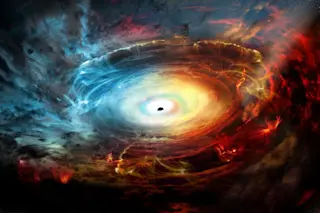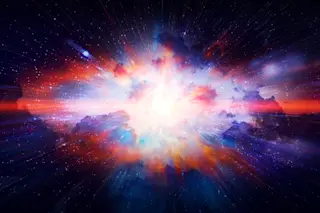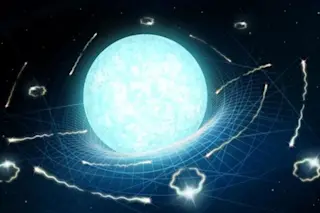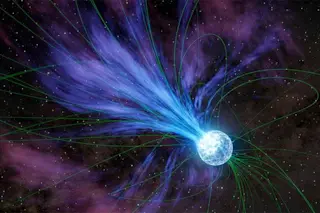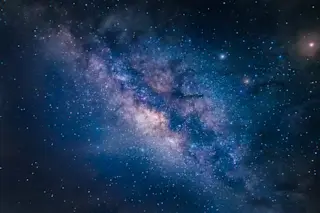(Credit: NRAO, AUI, NSF) We're probably going to get our very first actual picture of a black hole next week. Researchers with the Event Horizon Telescope (EHT) have scheduled a press conference for the morning of April 10, and they're expected to unveil an image of a supermassive black hole. It will be the first time humanity has actually seen one of the massive objects with our own eyes, and scientists are understandably excited about what the image will tell them.
But, images of black holes have been circulating for years, right? Magazines, including this one, routinely run pictures of black holes alongside stories — you probably already have a mental image of what I'm talking about. Black sphere, colorful spiral of gas ... don't we already know what a black hole looks like? Well, kind of. All of those pictures are artistic representations based, sometimes loosely, on theories about ...


